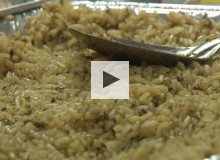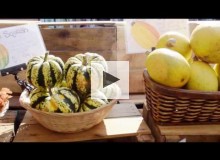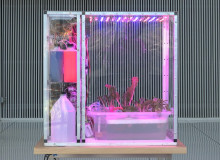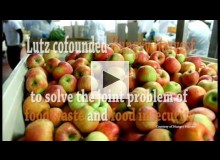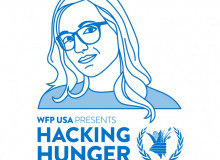food
The Food Recovery Network saves food that cafeterias throw out by packaging the leftovers each night and delivering them to shelters.
The George Washington University
The Fruit and Vegetable Prescription program is an innovative way of treating diet related illnesses that empowers farmers, doctors and people to eat healthier and adopt a lifestyle change that treats the illness at its core.
SUNY ESF
MIT’s Open Agriculture Initiative is drawing on the very societal changes that have distanced average citizens from traditional agriculture to close the gap in knowledge and control what we eat.
George Washington University
Hungry Harvest is an organization that seeks to solve the problem of food insecurity with the opposing problem of food waste.
World Food Program USA
In this episode of Hacking Hunger, Alex Murdoch, a World Food Program communications officer in Iraq, discusses documenting the exodus of tens of thousands of families from Mosul.
Arizona State University
Dinner 2040 seeks to explore the “future of food,” integrating sustainable practices into food production and distribution all while respecting health, culture and ecological integrity.
_0.jpg%3Fitok=R8hbnadD)
(Tulane Public Relations/Wikimedia Commons)
American University School of Communication
Square Roots is bringing indoor farming to a city center near you. Learn how this project is bridging gaps in the food system and how you can join its team.
Iowa State Daily
Indoor farming is a new type of farming that can be self-contained and put into indoor spaces.
The George Washington University
Our fall Planet Forward Salon brought food expert and NPR correspondent Allison Aubrey to George Washington University to discuss methods of "Telling the Story of Wasted Food."
Digital Media Producer, Planet Forward
Farmers from around the world talk about what food waste — or wasted food — means in their country. At what point is the food wasted — post-harvest or post-consumer?

